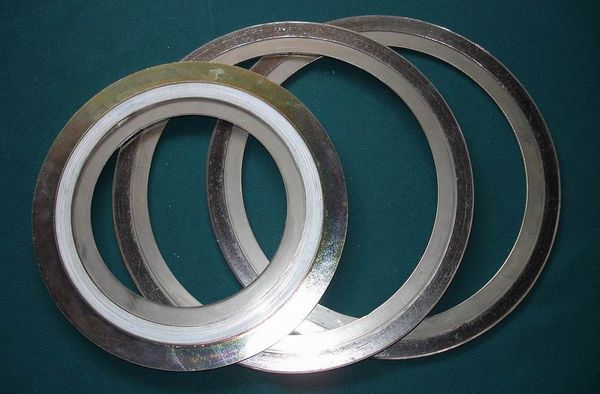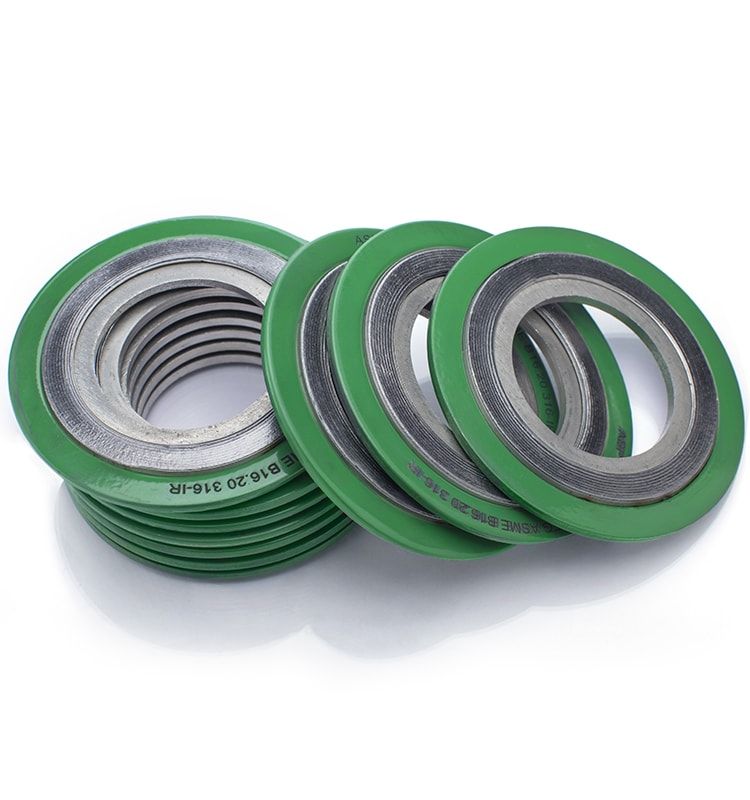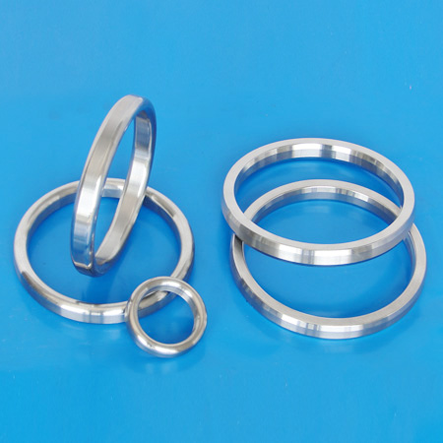6 Types of Gaskets for Flanges and Their Uses
Gaskets are essential components in various industrial applications, serving as seals to prevent leakage between flange connections. Choosing the right type of gasket is crucial to ensuring the integrity of the joint and the overall efficiency of the system. In this article, we will delve into six different types of gaskets commonly used for flanges and explore their specific uses in diverse industrial settings.

1. Spiral Wound Gaskets:
Spiral wound gaskets are a popular choice for applications involving high temperature and pressure. These gaskets consist of a metal winding and a soft filler material, typically graphite or PTFE. The metal winding provides structural support, while the soft filler ensures a tight seal. Spiral wound gaskets are widely used in the petrochemical, oil and gas, and chemical industries due to their ability to withstand extreme conditions.

Applications:
– Flanges with uneven surfaces.
– High-pressure and high-temperature environments.
– Corrosive media.
2. Ring Joint Gaskets:
Ring joint gaskets are commonly employed in applications where high pressure and fluctuating temperatures are expected. These gaskets are metallic and exhibit excellent resilience and recovery properties. They are often used in offshore drilling, oil refineries, and chemical plants, where sealing integrity is paramount.

Applications:
– Oil and gas industry.
– High-pressure pipelines.
– Valves and pressure vessels.
READ MORE: WHAT IS BUTTON HEAD SCREWS , AND PROPERTIES , APPLICATIONS
3. Metal Jacketed Gaskets:
Metal-jacketed gaskets seamlessly merge the pliability of the inner filler with the robustness and elasticity of the outer metallic casing, catering to diverse sectors such as power generation, chemical processing, and pulp and paper manufacturing.

Applications:
– Heat exchangers.
– Flanged joints in process piping.
– Applications requiring resistance to corrosive environments.
4. Non-Metallic Gaskets:
Forged from the marriage of pliable fillers embraced by a robust metallic sheath, metal jacketed gaskets meld resilience with flexibility, catering to diverse sectors like power generation, chemical processing, and pulp and paper production. On the flip side, non-metallic gaskets, hewn from rubber, cork, or compressed fiber, reign in applications demanding corrosion resistance and pliancy, reigning cost-effectively in realms like water treatment, HVAC, and food processing.

Applications:
– Water and wastewater treatment.
– Air and gas handling systems.
– Food and pharmaceutical processing.
5. Camprofile Gaskets:
Camprofile gaskets, also known as grooved gaskets, feature a metal core with concentric serrations on both sides. This design enhances the gasket’s ability to maintain a tight seal under varying conditions. Camprofile gaskets are commonly used in the chemical and petrochemical industries where flange rotation is a concern.

Applications:
– Flanges prone to misalignment.
– Applications with thermal cycling.
– Chemical processing plants.
6. Kammprofile Gaskets:
Kammprofile gaskets, similar to camprofile gaskets, have a serrated metal core. However, the serrations in kammprofile gaskets are typically more pronounced, resembling a sawtooth pattern. This design allows for excellent compression and recovery, making them suitable for applications where frequent temperature and pressure variations occur.

Applications:
– Heat exchangers.
– Pumps and compressors.
– Flanges in steam systems.
Conclusion:
In the world of industrial sealing, selecting the right gasket for flange connections is crucial for ensuring safety, efficiency, and environmental integrity. Each type of gasket discussed in this article offers unique properties that cater to specific applications and conditions. Whether it’s withstanding extreme temperatures, high pressures, or corrosive environments, there is a gasket designed to meet the challenges of diverse industrial settings. Understanding the characteristics and applications of each gasket type is essential for engineers and maintenance professionals tasked with maintaining the reliability and performance of industrial systems.
READ MORE: How to start a new startup business on Deepawali 2023




